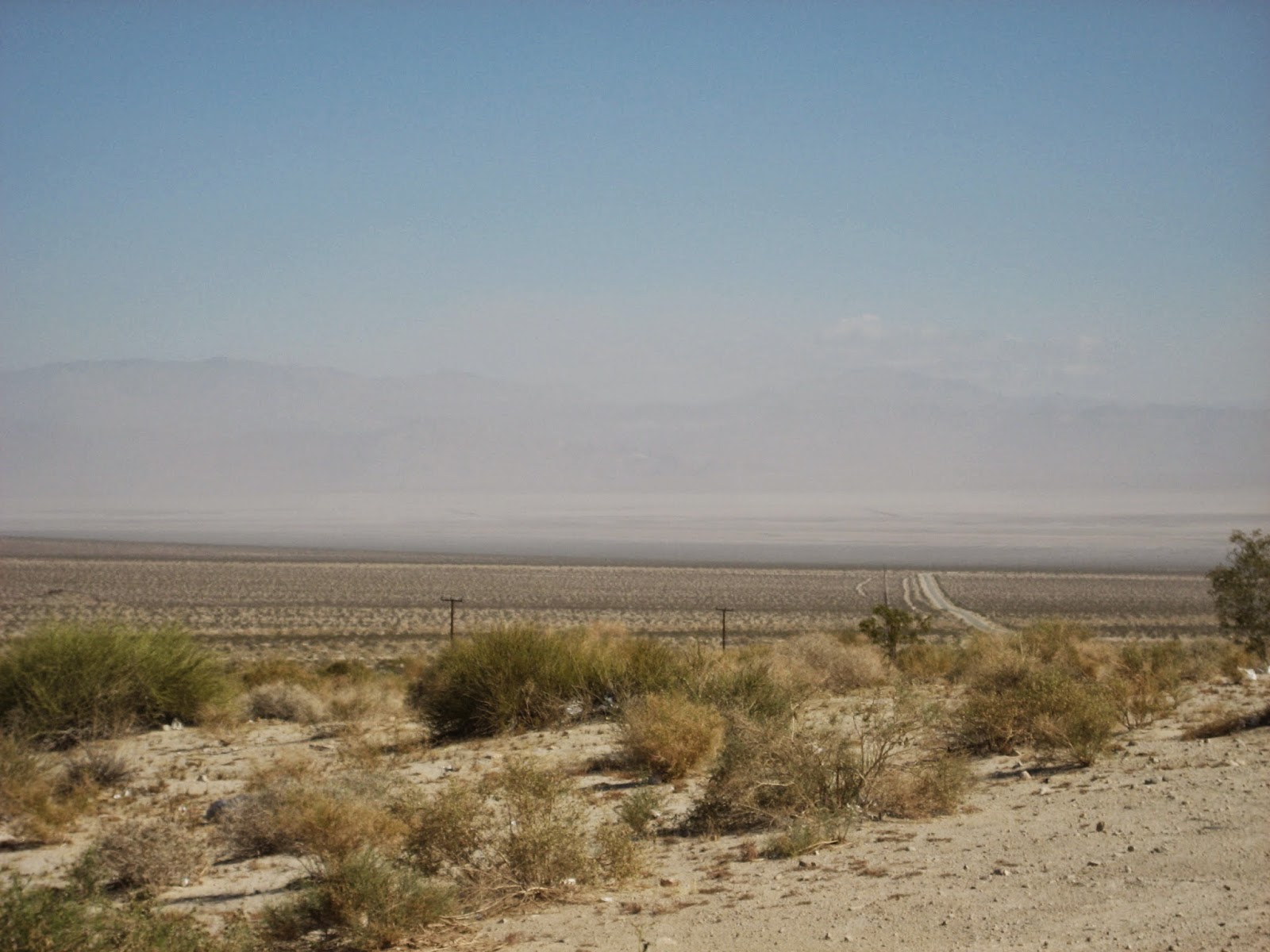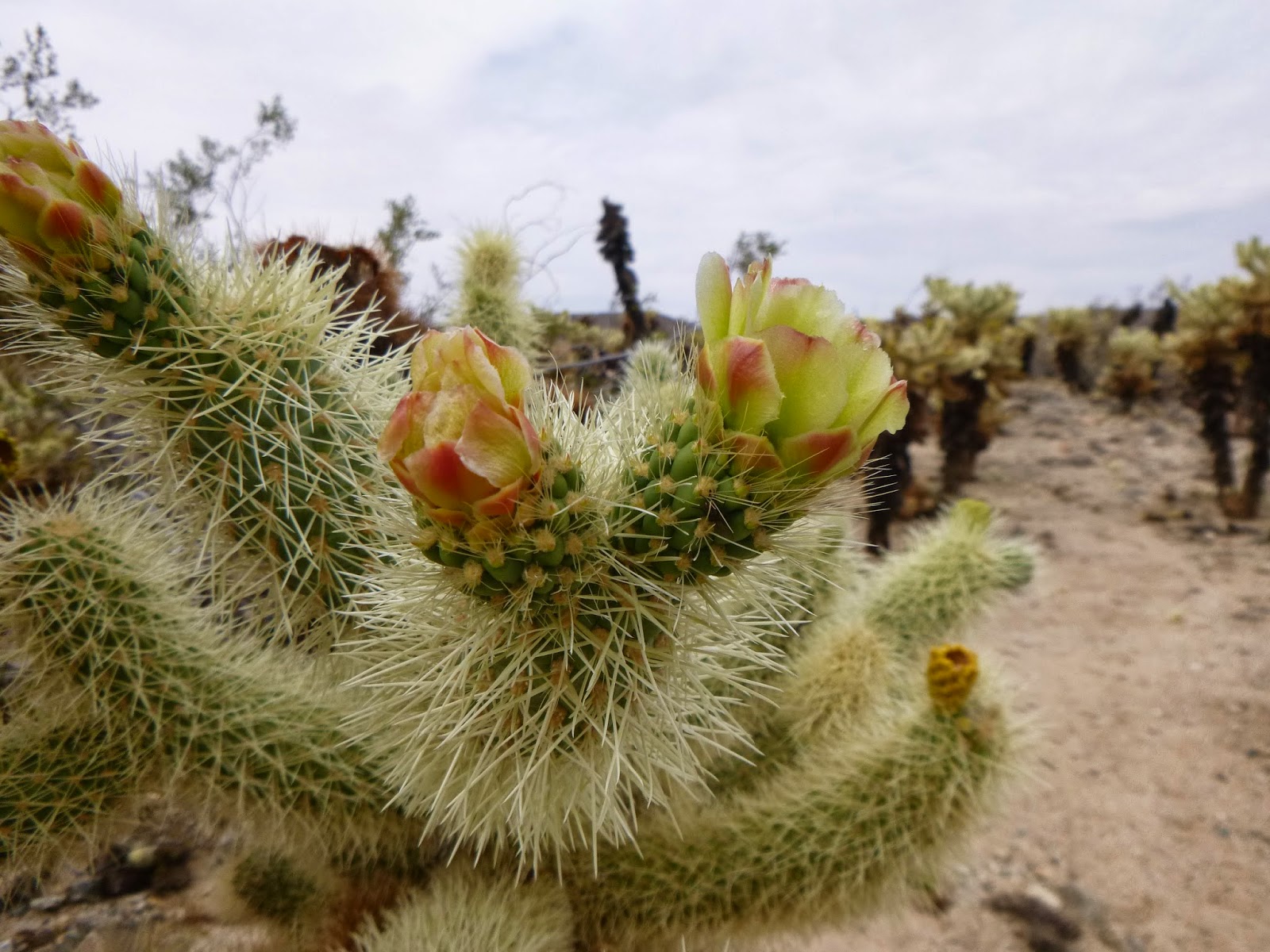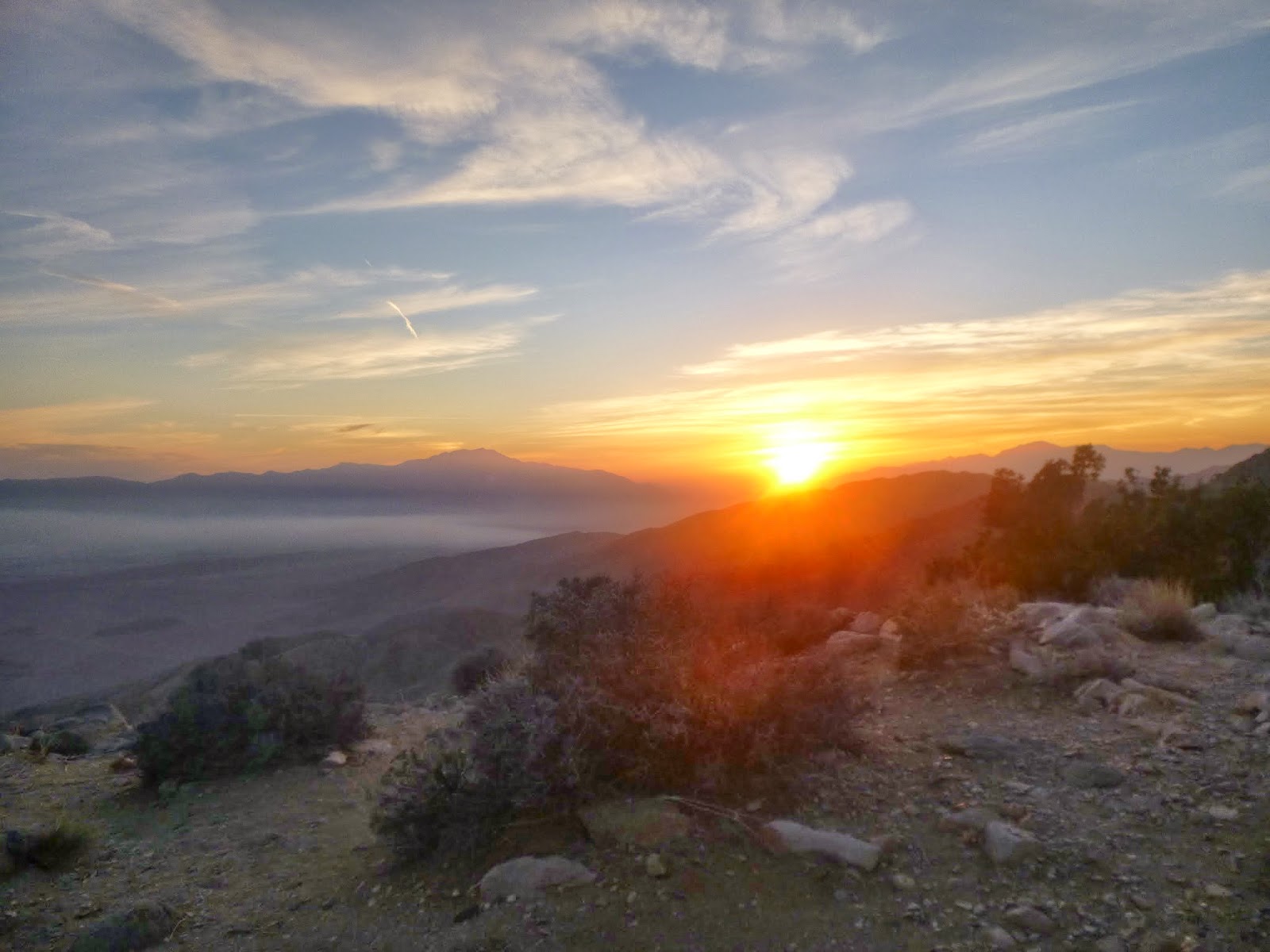So, finally, we left Kingman, having seen Walmart Pharmacy more than we'd like to have! We continued our drive along the historic route 66, passing the odd, old ramshackle diner or store, including Hackberry General Store, and passing through some quaint, some one-horse, some larger towns. Seligman was interesting, especially if you like Cars. It is the town that inspired Radiator Springs - or that is feeding off of Cars. They have certainly embraced Cars and associated memorabilia - there were real cars, replicas of the ones from the movie, parked up all along the main street.
Whilst we were waiting at the medical clinic, we talked to a local gentleman, who told us that the best pies in Northern Arizona were sold at the Pine Country Restaurant in Williams, which was on our itinerary. So, after filling up the car (which, by the way, is a Ford Escape, which has plenty of room for us and all our luggage) with gas, we filled up our tummies with pie - Eric had Banana Cream, Robin had Blueberry Cream, Karl had Banana Chocolate Cream and I had Dutch Apple Pie. Mmm. Tasted reasonable good, but maybe not quite what we were expecting.
We stopped briefly in Valle outside the Planes of Fame Aircraft Museum (www.planesoffame.org) so Eric could have a quick look at the aircraft outside - a Lockheed C-121A Constellation, a Convair 240, an F-11F Tiger.
The next stop was the National Geographic Visitor Centre, to see the 34 minute movie "Grand Canyon The Hidden Secrets" in IMAX, on a 7-storey screen. The Colorado River averages 300 foot in width and 100 foot in depth. They believe it took 3 to 6 million years for the 277 mile twisting canyon to form, and the oldest rocks are estimated to be 400 million years old. Until 1950, fewer than 150 people had seen the inner gorge. Today, 10,000 a year visit it (rafting etc) - we got to view it via this movie. Wow, even just seeing it in a movie, it was spectacular.
So, after a quick visit to the Verkamp Visitor Centre so the boys could pick up their Junior Ranger booklets, we finally got to see the Grand Canyon for the first time! From just the small time we spent looking at it (there was a cold wind!), it was amazing. The red hues in the canyon walls, the depth of it, .. wow! Eager to explore further, but had to check in to Maswick Lodge then go past some elk (as you do up here, it seems), and get dinner (reasonably priced - we ate at the Maswick Canteen and chatted to a group of Boy Scouts from La Jolla, San Diego, who are about to head out on a 4-day tramp down into the Canyon).
Now bed. Our accommodations on this holiday consist of one room with 2 beds - Eric & I in one bed, the boys in the other. Eric refuses to share with the boys, but I believe on some nights, it would be the easiest option, when they wriggle and giggle and touch each other ("He touched me." "He touched my pillow." "He's taking up too much space." "He was on that side of the bed last night."), and carry on. They really do go on and on. Oh well, small price to pay for being on this big adventure.





















































